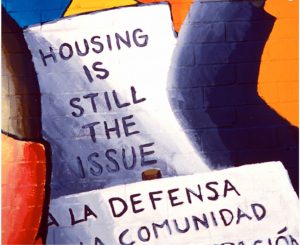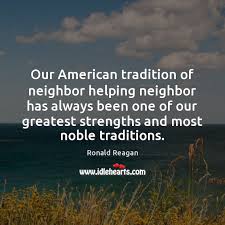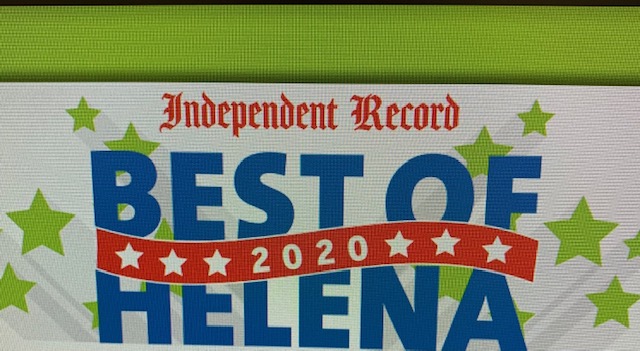Category: In the News
State, Local Officials Report Alarming Number of Fatal Overdoses in Recent Weeks

| NEWS
Improving and Protecting the Health, Well-Being and |
FOR IMMEDIATE RELEASE
Date: June 7, 2022
Contact: Jon Ebelt, Public Information Officer, DPHHS, (406) 444-0936, (406) 461-3757
[email protected]
Chuck Council, Communications Specialist, DPHHS, (406) 444-4391, (406) 461-8367
[email protected]
Emiliee Cantrell, Press Secretary, DOJ, (406) 444-5779, [email protected]
State, Local Officials Report Alarming Number of Fatal Overdoses in Recent Weeks
Department of Public Health and Human Services (DPHHS) and the Montana Department of Justice, in conjunction with local law enforcement, have identified an alarming number of fatal overdoses across the state in the last two weeks.
In the period from May 22 to June 1, there have been at least 8 fatal overdoses, likely due to opioids.
These fatalities occurred in Cascade, Custer, Gallatin, Lake, Lewis and Clark, and Yellowstone counties and involved individuals aged 24 to 60 years old.
“These tragic events serve as another reminder of the deadly consequences of illegal drugs funneled across our nation’s porous and insecure southern border,” Governor Greg Gianforte said. “In Montana, we remain focused on getting drugs off the street, holding drug dealers accountable, increasing treatment options, and ultimately, saving lives.”
Nearly all of these individuals were known to have a history of substance misuse. Three-quarters of the fatalities involved males. Decedents were likely using opioids while alone and were found by bystanders too late for the successful application of the opioid reversal drug, naloxone.
Initial reports note the presence of blue M30 pills, which likely contain illicitly manufactured fentanyl. Fentanyl is a synthetic, short-acting opioid analgesic intended to treat severe pain in individuals with cancer. Fentanyl is 50 to 100 times more powerful than morphine. Counterfeit pills containing fentanyl are becoming increasingly common nationally, and in Montana are taken by people who misuse diverted prescription opioids as well as those who inject, smoke, or snort drugs.
Seizures of fentanyl by law enforcement have increased dramatically in Montana; more fentanyl was seized in the first 3 months of 2022 than in the previous four years combined.
“The Department of Justice is working to get fentanyl off the streets and continuing to track the crisis closely. We know the dangerous drug is being smuggled in from Mexico and making its way to Montana where it’s destroying lives at an unprecedented rate,” Attorney General Austin Knudsen
said. “Please, do not take pills that were not prescribed to you and talk to your children about the extreme risk associated with opioids and drug abuse.”
Further, there was a 112% increase in fentanyl-related cases from 2020 to 2021. In 2020, there were 41-fentanyl related deaths, and in 2021 that number rose to 87. These are cases where fentanyl was indicated in postmortem results but may not always be the cause of death. “This alarming statistic certainly indicates the skyrocketing number of cases that involve fentanyl,” DPHHS Director Adam Meier said.
A DPHHS Health Alert Network (HAN) message to local and Tribal Health Department’s and medical providers was issued June 6.
The HAN provides several recommendations, including the importance for eligible recipients, including individuals at risk for opioid-related overdose and family members and friends of those at-risk, to obtain and carry naloxone. “It’s vital that when someone is experiencing an overdose to call 9-1-1 immediately, and administer naloxone if available,” Meier said. “The timely administration of the emergency medication can save a life.”
Naloxone reversal may only be temporary, so emergency response should still be activated. Signs of an overdose include:
- Loss of consciousness or falling asleep
- Small, constricted “pinpoint pupils”
- Slow, shallow breathing
- Choking or gurgling sounds
- Limp body
- Pale, blue, or cold skin
- Slow to no heartbeat
Montanans can access naloxone at no charge from select community organizations and pharmacies. See the Montana DPHHS Naloxone website for additional information on how to obtain naloxone through the state standing order. Further, first responders, public health professionals, and others may take part in DPHHS-sponsored naloxone Master Trainer courses. These courses will train others to properly administer naloxone in the event of a witnessed overdose.
DPHHS officials say if you use opioids, make sure a trusted friend or family member is aware, ensure they know how to administer naloxone, and have it on hand in the event of an overdose.
According to DPHHS, the number of opioid overdose-related 911 responses increased by approximately 35% in 2021 compared to 2020. Every month in 2021, except for May, had more responses than the same month in 2020.
In 2021, there were 836 opioid overdose-related 911 responses by ground transporting EMS agencies – an average of 70 per month. July 2021 had the highest number of opioid overdose-related 911 responses with 92. Naloxone was documented in 364 of the 836 cases.
If you are in crisis and want help, call the Montana Suicide Prevention Lifeline,
24/7, at 1-800-273-TALK (1-800-273-8255) or text ‘MT’ to 741-741.
Stay Connected with the Montana Department of Public Health and Human Services
Good Samaritan Voted Best Thrift Store in Helena Since 2012
We just want to thank everyone in our community that voted for Good Samaritan thrift store as Best in Helena. We appreciate each and every one of our customers, supporters, and the Helena Community who again voted us Best Thrift Store in Helena for 2021
Good Samaritan Ministries gets $450K state grant for a new roof for the thrift store
The $450,000 community development block grant award from the Montana Department of Commerce is being matched with nearly $440,000 raised privately by Good Samaritan Ministries.
Our Place Client speaks out about mental health challenges on local KTVH nightly news
One of Our Place’s clients speaks with Phoenix O’Connor at KTVH about living with mental illness and the shortage of healthcare providers
https://www.ktvh.com/news/us-news/two-americas/montana-seeing-a-shortage-of-mental-health-providers

Ryan’s Story – Florence Crittenton Home Visiting Program
This article was published about Ryan Lehman, Good Samaritan’s Street Outreach Coordinator, in Florence Crittenton’s 2020 Annual Report about his journey through sobriety and getting custody of his kids back full-time. We are so proud of how far he has come and so grateful to call him part of our team! Click below to read the full article!
The Invisible Asylum – THIS IS WHY WE DO WHAT WE DO
All of you that help support Good Samaritan are helping us fight this. Every day we are working to get the homeless into shelter, the addicted proper treatment to prevent jails, institutions, and death. YOU help give the hopeless hope and the tools for a better tomorrow. THANK YOU.
https://www.city-journal.org/olympia-washington-mental-hospitals
Safe housing connection provides stability for breast cancer patient
St. Pete’s works with Good Samaritan to provide safe stable housing to those in need
Together, Courtney and Sue filled out dozens of applications for housing. And, Courtney helped connect Sue to Good Samaritan Ministries, a local nonprofit committed to providing services to meet the physical, social, emotional and spiritual needs of individuals and families of all faith, especially those most in need. Good Samaritan was able to provide housing vouchers and support thanks to a grant from the CARES Act.
“When I first met Sue, she was going through a lot. She was experiencing lots and lots of emotions related to her medical concerns, on top of the housing stress,” said Courtney. “I was able to connect her to our behavioral health professionals and then get her connected to temporary housing through a grant from Good Samaritan. Those have been the most beneficial things in the time that we’ve worked together.”
Poverty Awareness Month: subsidiarity & solidarity can end poverty

God empowers all, especially those who are vulnerable, to stand up for themselves and protect their dignity. Subsidiarity—the participation of the people directly affected by a problem in the solution-making process—is a way for us to affirm the dignity of all persons, especially at home in our communities. A key element of breaking the cycle of poverty is empowering low-income and vulnerable communities to learn how to raise their own voices and practice self-determination. In Catholic social teaching, subsidiarity is always paired with solidarity. Higher powers or institutions, such as government, must provide help and resources so that communities have the resources to address the problems that affect them.








